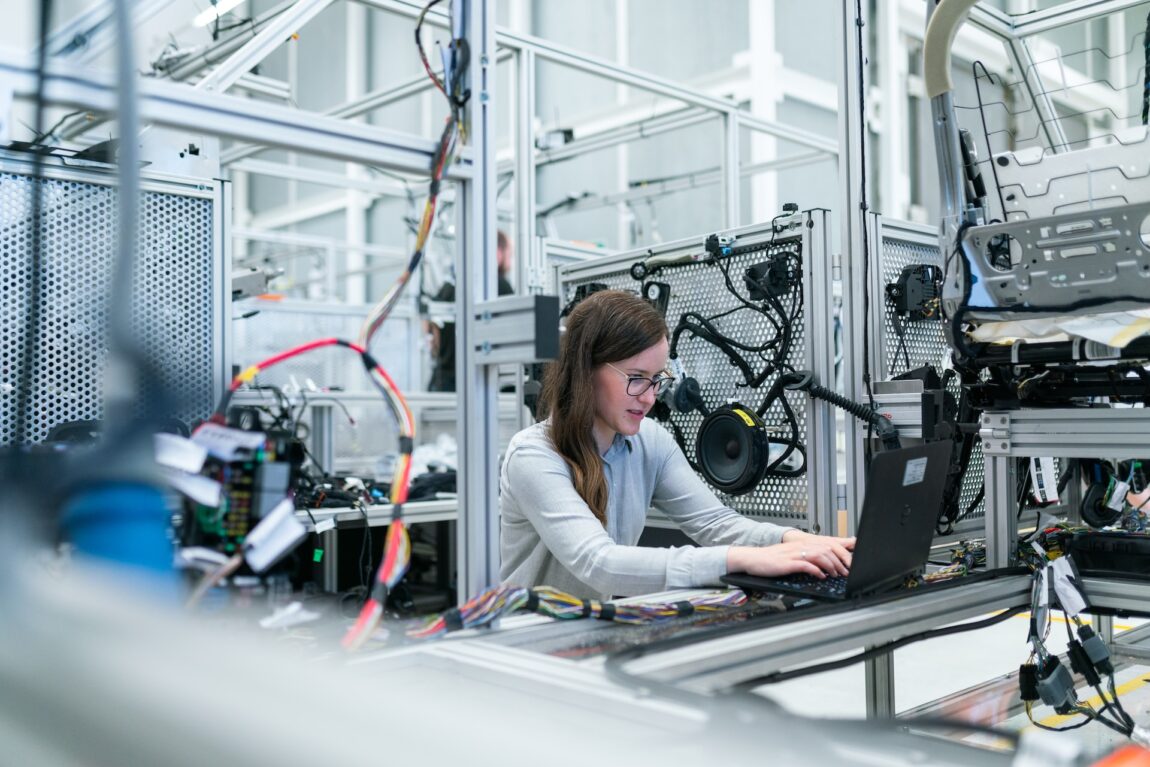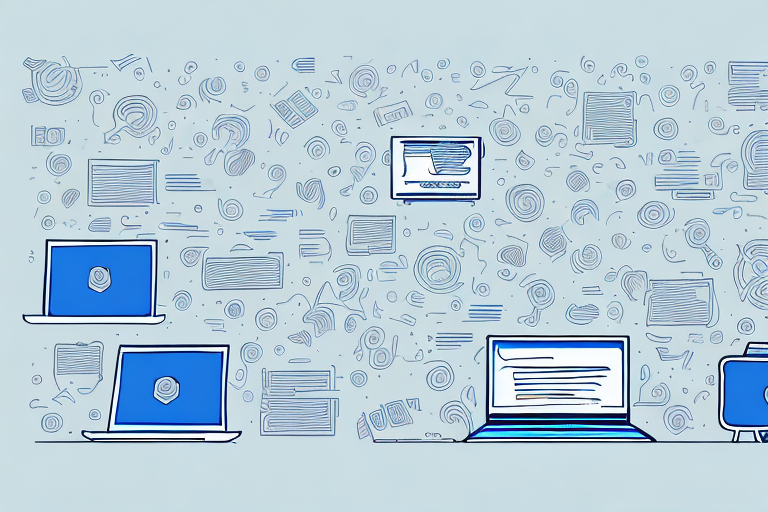Technology has become an integral part of our daily lives, revolutionizing various industries and sectors. In the field of teaching, innovation is poised to play a crucial role in shaping the future of learning. With its potential to enhance accessibility, engagement, and personalization, innovation is set to transform traditional classrooms into dynamic hubs of knowledge and innovation.
Enhancing Accessibility
One of the most significant advantages of innovation in education is its ability to bridge the accessibility gap. With online learning platforms, learners can access educational resources from anywhere in the world, eliminating geographical constraints. This empowers learners from remote areas, enabling them to access high-quality teaching that was once out of reach.
Furthermore, innovation offers a multitude of tools that cater to diverse learning styles. For example, visual learners can benefit from interactive videos and animations, while auditory learners can utilize podcasts and audio lectures. By providing adaptable learning materials, innovation ensures that every student has an equal opportunity to succeed.

Fostering Engagement
Gone are the days of passive learning where learners simply listened to lectures and took notes. Technology has transformed the learning experience into an interactive and engaging process. Virtual reality (VR) and augmented reality (AR) bring subjects to life, enabling learners to explore historical sites, dissect virtual organisms, or even simulate scientific experiments. These immersive experiences ignite curiosity and spark a passion for learning.
Additionally, gamification has emerged as a powerful tool to enhance student engagement. Through educational games and quizzes, learners can acquire knowledge while having fun. This approach promotes active participation, problem-solving skills, and healthy competition among learners, ultimately leading to a deeper understanding of the subject matter.
Personalization and Adaptive Learning
Every student is unique, with different learning abilities, interests, and pace of learning. Technology offers adaptive learning platforms that can cater to individual needs, enabling personalized teaching experiences. Machine learning algorithms analyze learners’ performance and provide tailored content and recommendations based on their strengths and weaknesses. This ensures that learners receive targeted support, allowing them to progress at their own pace and maximize their potential.
Moreover, innovation enables teachers to gather real-time data on student performance, identifying areas where learners may be struggling. Armed with this information, educators can intervene promptly, providing timely feedback and targeted interventions to address specific challenges. This personalized approach not only improves academic outcomes but also boosts learners’ confidence and motivation.
Preparing for the Jobs of the Future
As innovation continues to advance, it reshapes the job market, demanding new skills and competencies. To prepare learners for the future workforce, teaching must adapt accordingly. Technology equips learners with essential digital literacy skills, such as information literacy, critical thinking, and problem-solving. By integrating innovation into the curriculum, learners gain hands-on experience with the tools and technologies they will encounter in their professional lives.
Moreover, innovation facilitates collaboration and global connectivity. learners can collaborate with peers from different parts of the world, sharing ideas and perspectives. This fosters cultural understanding, global citizenship, and prepares learners to thrive in an interconnected world.
Challenges and Considerations
While the future of innovation in teaching appears promising, it is not without challenges. Infrastructure limitations, such as inadequate internet connectivity in certain regions, can hinder access to technology-driven learning resources. Additionally, the digital divide between learners from different socio-economic backgrounds must be addressed to ensure equal opportunities for all.
Furthermore, concerns regarding privacy and data security are paramount. Safeguarding learners’ personal information and ensuring ethical use of innovation are critical considerations in the implementation of technology in teaching.
Overcoming Challenges and Maximizing the Potential of Technology in Education
While the integration of innovation in teaching brings numerous benefits, it also presents challenges that must be addressed to maximize its potential. By understanding and overcoming these challenges, we can ensure that innovation plays a transformative role in education, empowering learners and educators alike.
Addressing Infrastructure Limitations
One of the primary challenges in leveraging innovation for teaching is inadequate infrastructure, particularly in underprivileged regions. Limited access to reliable internet connectivity and insufficient technological resources can impede the implementation of technology-driven learning initiatives. To bridge this gap, governments, educational institutions, and non-profit organizations must invest in infrastructure development, ensuring that all learners have equal access to technology.
This can be achieved through initiatives such as providing subsidized or free internet access in schools and community centers, equipping classrooms with necessary hardware and software, and collaborating with innovation companies to create affordable educational devices. By addressing infrastructure limitations, we can ensure that technology becomes a powerful equalizer in teaching.
Promoting Digital Literacy and Teacher Training
Integrating innovation in teaching requires not only digital literacy skills among learners but also adequate training and support for teachers. Many educators may be unfamiliar with the latest technologies and may require training to effectively incorporate them into their teaching methodologies.
- Teacher training programs should focus on enhancing educators’ digital literacy, equipping them with the skills and knowledge to utilize innovation effectively in the classroom;
- These programs should also emphasize the pedagogical approaches and strategies that can maximize the impact of technology on student learning;
- Furthermore, ongoing professional development opportunities should be provided to ensure that teachers remain up-to-date with emerging technologies and best practices.
By empowering teachers with the necessary tools and knowledge, we can harness the full potential of innovation in teaching.
Ensuring Privacy and Ethical Use of Data
As technology collects and analyzes vast amounts of data in teaching, concerns about privacy and ethical use of data arise. It is crucial to establish robust data protection policies and practices to safeguard learners’ personal information. Educational institutions and innovation providers must adhere to strict privacy guidelines and implement robust security measures to protect sensitive data.
Transparency and informed consent should be prioritized, ensuring that learners, parents, and educators understand how their data is collected, used, and stored. Additionally, data should be anonymized and aggregated whenever possible to protect individual identities.
Moreover, ethical considerations should guide the use of data in teaching. Data should be utilized to enhance teaching and learning experiences, provide personalized support to learners, and improve educational outcomes. By ensuring privacy and ethical use of data, innovation can be leveraged responsibly and ethically in education.
Promoting Inclusivity and Addressing the Digital Divide
In the pursuit of a future where innovation revolutionizes teaching, it is essential to promote inclusivity and address the digital divide. Disparities in access to technology and digital resources can exacerbate existing inequalities in education.
- To tackle this issue, governments and educational institutions should prioritize initiatives that provide equitable access to innovation for all learners, regardless of their socio-economic background;
- This may involve providing devices and internet access to underprivileged learners, establishing innovation centers in marginalized communities, or partnering with organizations that promote digital inclusion.
Additionally, educational content and platforms should be designed with inclusivity in mind. They should consider the needs of learners with disabilities, provide multi-lingual support, and ensure accessibility features are built into digital learning materials.
Harnessing the Power of Collaboration and Innovation
The future of technology in teaching relies on collaboration and innovation. Stakeholders, including educational institutions, governments, innovation companies, and non-profit organizations, should collaborate to drive innovation and share best practices.
Partnerships between schools and innovation companies can help bring cutting-edge tools and resources into classrooms. Collaboration with researchers and experts in the field can lead to the development of evidence-based practices and the evaluation of the impact of technology on teaching.
Furthermore, fostering a culture of innovation in education is crucial. Educators should be encouraged to experiment with new technologies and teaching methodologies, while learners should be empowered to explore and create with technology. By embracing collaboration and fostering innovation, we can propel teaching forward and unlock the full potential of technology.
Conclusion
The future of innovation in education holds immense promise, but it also presents challenges that must be addressed. By overcoming infrastructure limitations, promoting digital literacy and teacher training, ensuring privacy and ethical use of data, addressing the digital divide, and fostering collaboration and innovation, we can harness the full potential of innovation in teaching.
Technology has the power to enhance accessibility, engagement, personalization, and preparation for the jobs of the future. By embracing these advancements and working collectively, we can create a teachingl landscape where innovation empowers learners, equips educators, and transforms traditional classrooms into hubs of innovation and knowledge. Together, let us shape a future where every student has the opportunity to thrive and succeed in the digital age.
In conclusion, the future of innovation in teaching is both exciting and challenging. By addressing infrastructure limitations, promoting digital literacy, ensuring privacy and ethical use of data, addressing the digital divide, and fostering collaboration and innovation, we can unlock the transformative power of innovation in teaching. Let us embrace these opportunities, overcome the challenges, and create a future where innovation empowers learners, enhances teaching experiences, and prepares learners for a rapidly evolving world. Together, we can shape a future where innovation and teaching go hand in hand, driving progress and unlocking the potential of every learner.
